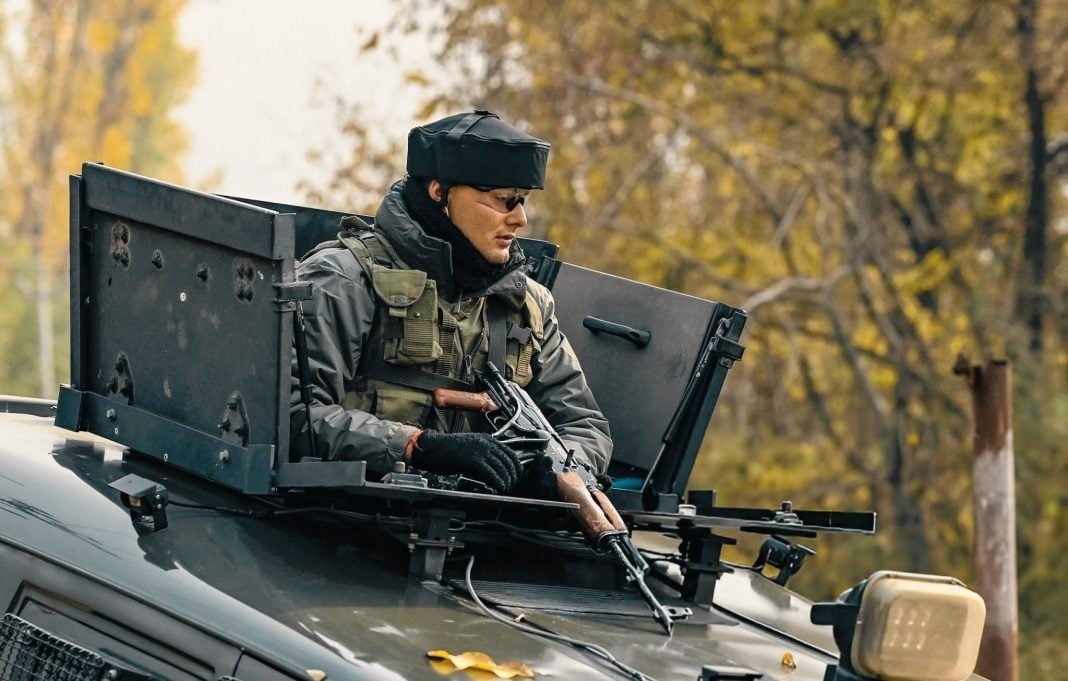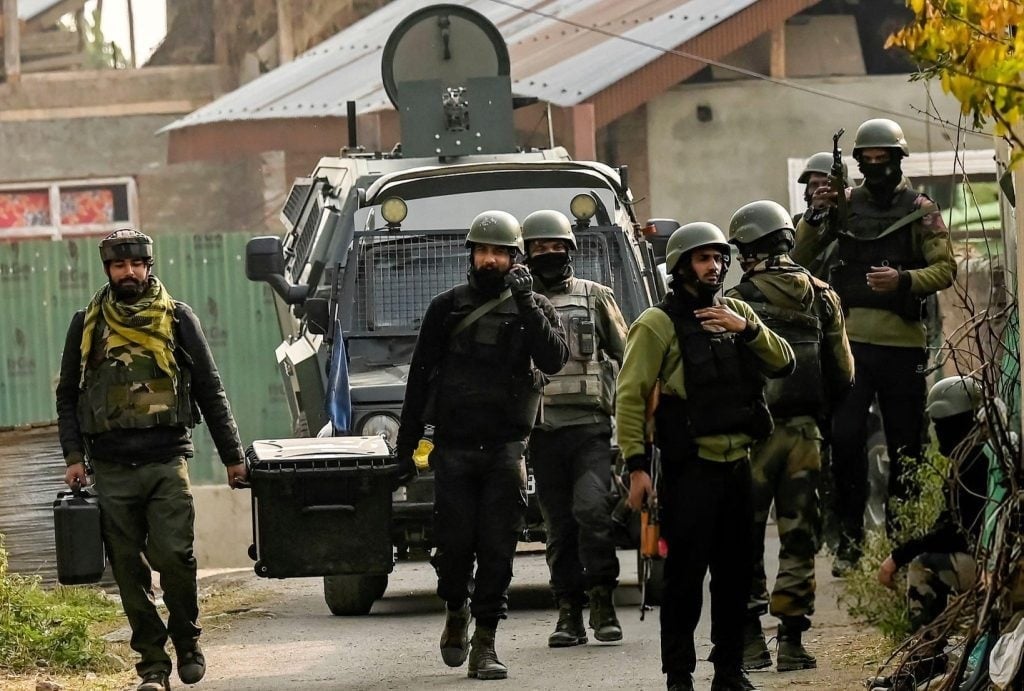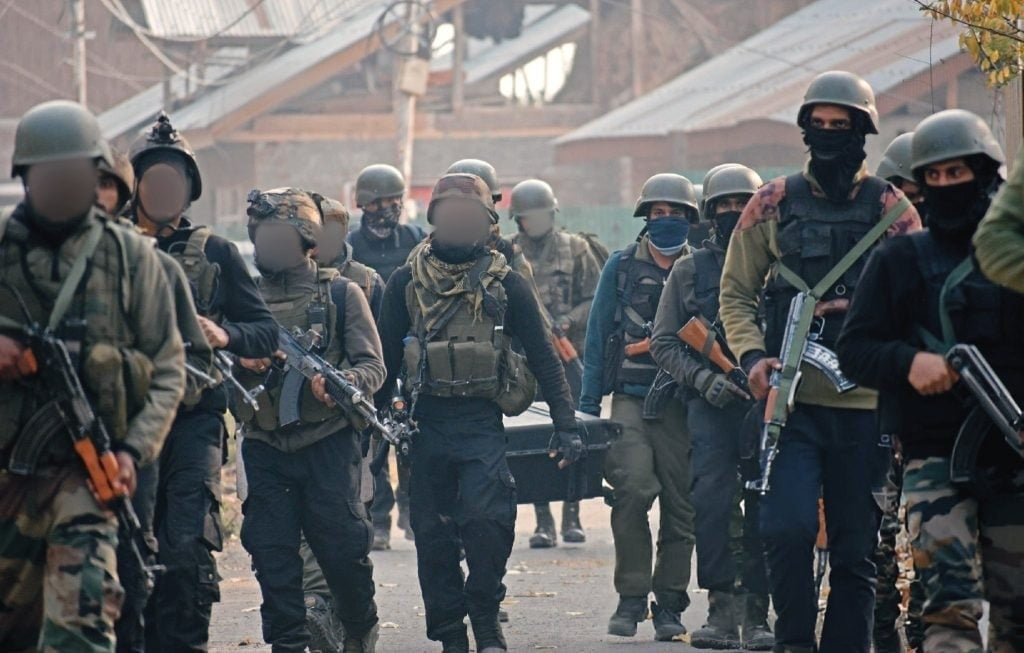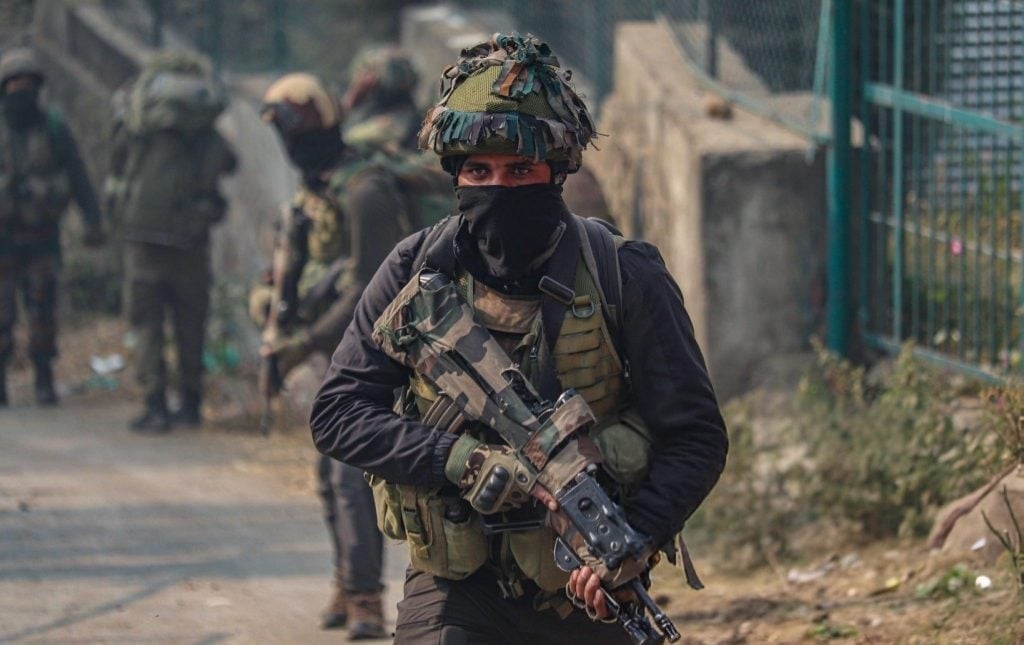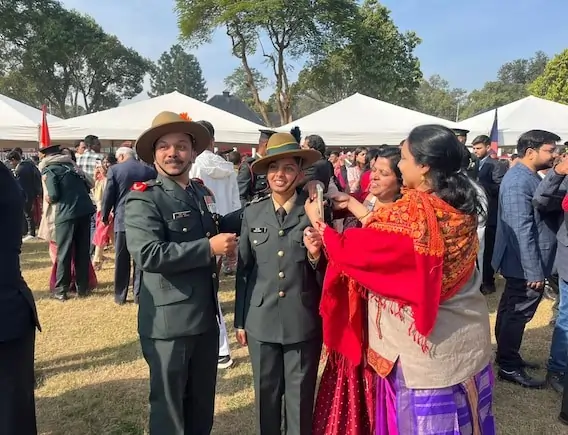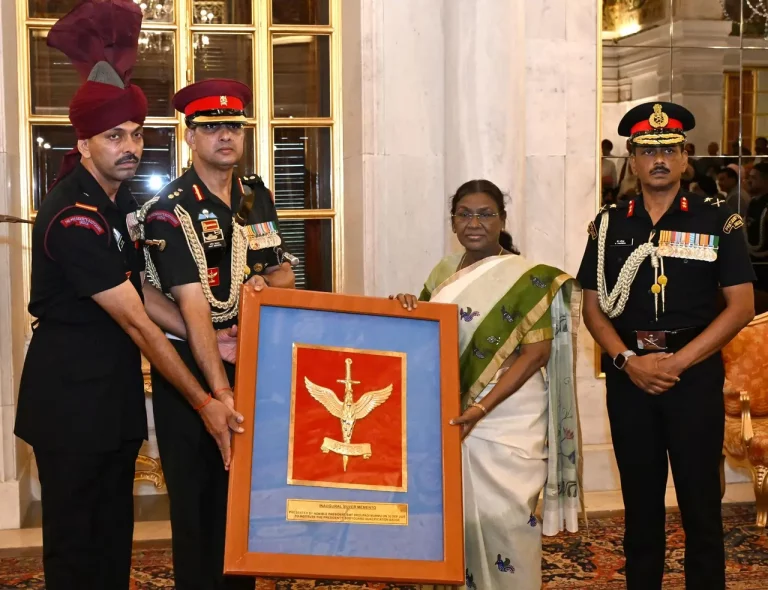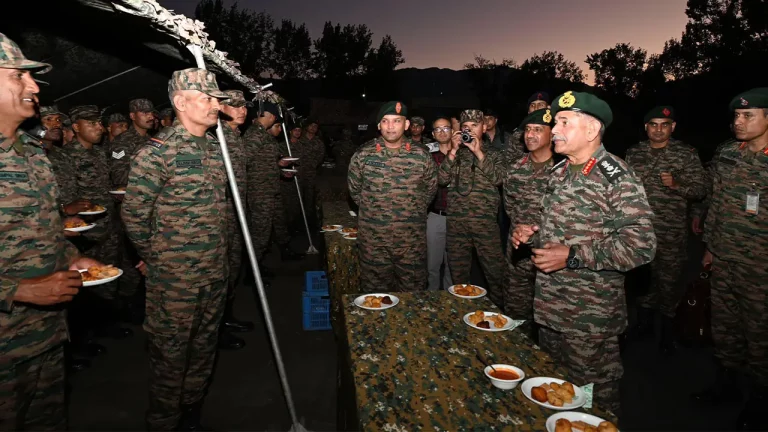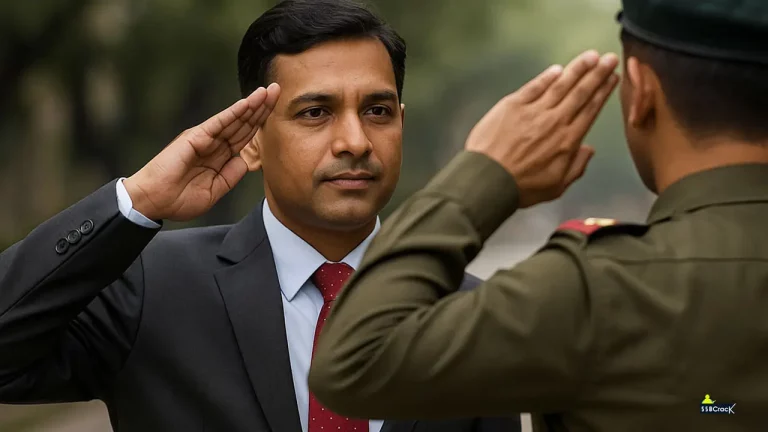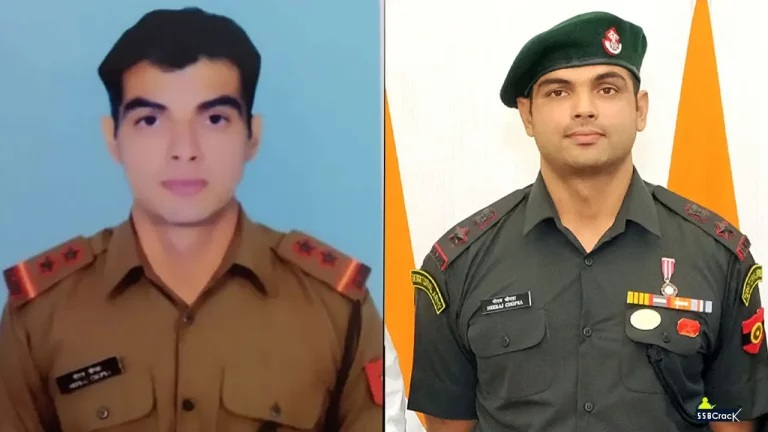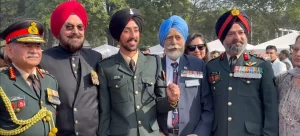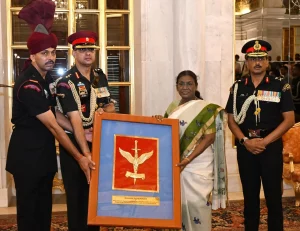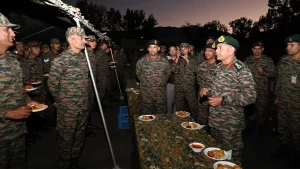The Indian Army’s Quick Reaction Team (QRT) is a specialized unit essential to the nation’s security and defense. With personnel trained for rapid and effective responses to emergencies—ranging from terrorist threats to natural disasters—the QRT is designed for quick deployment and action in complex scenarios.
This article explores the multifaceted role of QRT, the specialized training and equipment they require, the operational challenges they face, and their collaborations with other military and law enforcement units.
Also Read | How to Become a CO in the Indian Army
Introduction to Quick Reaction Team (QRT)
The Quick Reaction Team (QRT) in the Indian Army is an elite tactical unit composed of highly trained personnel capable of responding swiftly to any emergency. Whether the situation involves terrorist activities, hostage crises, or disaster relief efforts, the QRT’s mandate is to ensure the safety of civilians and maintain national security. Their skills and capabilities are indispensable in high-stakes scenarios, making them one of the most crucial components in India’s defense strategy.
Roles and Responsibilities of QRT
The primary mission of QRT is to deliver rapid, coordinated responses in emergencies. They operate with high efficiency and are trained for swift resolution to minimize casualties and restore stability. Below are the major responsibilities that QRT undertakes.
Counterterrorism Operations
The QRT is often the first responder to terrorist threats and attacks. Their swift response to neutralize threats is vital in minimizing harm to civilians and infrastructure.
Hostage Rescue Missions
QRT units are trained in close-quarters combat and advanced tactics, allowing them to effectively handle hostage situations. Their goal is to rescue hostages with minimal risk to innocent lives.
Natural Disaster Response
Beyond conflict, the QRT also aids in natural disasters, including floods, earthquakes, and cyclones. Their duties in such scenarios include search and rescue, medical assistance, and coordination with other agencies for relief distribution.
VIP Security
QRT provides security for government officials, dignitaries, and other high-profile individuals. They ensure the safety of VIPs against potential threats during public events or official visits.
Border Security and Riot Control
QRT is instrumental in providing additional security along borders and in maintaining law and order during civil unrest or riots, reinforcing regular army units when necessary.
Training and Qualifications for QRT Personnel
Joining the QRT requires soldiers to meet rigorous standards, which ensures they are among the most capable personnel in the Indian Army. The following are critical elements in their training:
Selection Process
The selection process for the QRT is highly competitive. Only soldiers with proven track records in physical fitness, mental resilience, and exemplary service are chosen. These personnel undergo psychological evaluations, endurance tests, and tactical assessments to qualify.
Specialized Training Modules
Weapons and Tactics
QRT personnel are proficient in handling a range of firearms, from assault rifles to sniper rifles. Training includes close-quarters combat, room clearing, and counter-ambush tactics.
Counterterrorism Techniques
Personnel are trained in intelligence gathering, covert operations, and other counterterrorism methods to enhance their effectiveness in terrorist threat scenarios.
Emergency Medical Care
QRT members receive advanced medical training to administer first aid, manage trauma care, and conduct evacuations if needed.
Cultural and Linguistic Training
QRT members are given language and cultural training to improve communication with local populations, an essential skill during collaborative or crisis situations.
Equipment and Weaponry Used by QRT
Equipped with modern technology and weaponry, the QRT is ready to tackle any challenge. Their arsenal and gear are constantly updated to ensure operational readiness.
| Equipment | Purpose |
|---|---|
| Assault Rifles | Used in combat; reliable and high firepower |
| Submachine Guns | Ideal for urban warfare and close-quarters combat |
| Sniper Rifles | High-precision for long-range threat elimination |
| Protective Gear | Bulletproof vests, helmets, and body armor |
| Communication Devices | Secure radios and satellite phones for coordination |
| Specialized Vehicles | Armored carriers and tactical vehicles |
The weapons and equipment provided to QRT members allow them to respond with agility and precision to any situation, supporting both defensive and offensive operations.
Also Read | What is the Pension of Indian Army Officer?
Operational Scenarios for QRT Deployment
The QRT’s specialized training and equipment enable them to operate in diverse scenarios. Key situations where QRT is deployed include:
Counterterrorism Operations
During terrorist attacks or intelligence-led operations, QRT units are at the forefront. They play a central role in eliminating threats while safeguarding civilians.
Disaster Response
In cases of natural calamities, QRT assists local authorities in rescue and relief operations. They provide medical aid, help with evacuations, and coordinate the distribution of emergency supplies.
Border Protection
QRT’s deployment along volatile borders is critical in preventing incursions and responding to any cross-border firing or infiltration attempts.
High-Profile Event Security
QRT is also tasked with ensuring security during high-profile events, including international summits and visits by foreign dignitaries. Their presence provides an added layer of security to prevent potential threats.
Success Stories and Achievements of QRT
The QRT’s successes have cemented their role in India’s national security. Some notable achievements include:
2008 Mumbai Attacks
During the 2008 Mumbai terrorist attacks, QRT units were among the first to respond. Their swift actions, in collaboration with other agencies, helped neutralize the terrorists and save numerous lives.
2016 Surgical Strikes
QRT provided essential support during India’s cross-border surgical strikes in 2016. Their efforts ensured the precision and security of the operation, marking a significant victory for the Indian Army.
2013 Uttarakhand Floods
In the aftermath of the devastating Uttarakhand floods, QRT units were deployed to assist with search and rescue missions. Their prompt response and rescue operations saved many lives and provided crucial assistance to affected communities.
Challenges Faced by QRT
Despite their effectiveness, QRT units face several challenges that impact their operations.
Adapting to Evolving Threats
With terrorist tactics and technology constantly evolving, QRT must stay updated with the latest countermeasures and intelligence practices, requiring continuous training and equipment upgrades.
Logistical Hurdles in Remote Deployments
Operating in remote or hostile environments presents logistical challenges. Limited infrastructure and communication issues can impede QRT’s effectiveness in these areas, necessitating high adaptability.
Inter-Agency Coordination
For efficient emergency response, QRT often collaborates with other agencies. Effective communication and cooperation are essential but challenging, especially during fast-moving crises.
Recruitment and Retention
Attracting highly skilled personnel and retaining them is challenging, given the high demands of QRT roles. The intense training and operational stress require only the most dedicated individuals.
Collaboration with Other Military Units
QRT works in close coordination with other military and law enforcement agencies to ensure comprehensive national security.
Collaboration with Border Units
QRT provides reinforcement for regular army units along the border, sharing expertise to bolster defensive capabilities against potential threats.
Joint Operations with Specialized Forces
During high-risk missions, QRT often collaborates with elite units like the National Security Guard (NSG) and the Para Special Forces. This teamwork enables them to leverage specialized skills and resources.
Intelligence Sharing with Law Enforcement
QRT works closely with police and intelligence agencies to gather critical information on emerging threats, ensuring that operations are well-informed and effective.
Future Developments in QRT Capabilities
To remain at the cutting edge, the Indian Army is investing in new advancements for QRT units. These developments focus on modernizing equipment, improving training methodologies, and integrating advanced technologies.
Enhanced Surveillance Capabilities
Investments in unmanned aerial vehicles (UAVs) and drones are helping QRT units conduct real-time surveillance and reconnaissance, providing better situational awareness.
Adoption of Artificial Intelligence
Artificial intelligence is expected to play a role in data analysis and decision-making, enabling QRT to assess threats more accurately and respond with optimal strategies.
Upgraded Communication Systems
New communication technologies, such as encrypted networks and satellite-based systems, will enhance coordination among QRT units and other military agencies.
Advanced Training Programs
With evolving threats, QRT training programs are being upgraded to include simulations, virtual reality-based exercises, and tactical drills, enhancing the unit’s preparedness.
Also Read | How to Become an Officer in the Indian Navy After 12th
Conclusion
The Quick Reaction Team in the Indian Army is an invaluable asset to India’s defense and security framework. Their rapid response capabilities, advanced training, and strategic role in handling emergencies make them an essential element in national security. With ongoing advancements and a continued focus on innovation, the QRT will likely remain at the forefront of India’s defense strategy, ready to tackle any challenge that may threaten the nation’s safety and stability.
In every mission, the QRT exemplifies resilience, professionalism, and unwavering commitment to protecting the nation and its citizens.
FAQs
1. What is the Quick Reaction Team (QRT) in the Indian Army?
The Quick Reaction Team (QRT) is a highly trained, specialized unit in the Indian Army designed to respond rapidly to emergencies, such as terrorist attacks, border incidents, and natural disasters.
2. What are the main duties of a QRT?
The QRT’s responsibilities include counterterrorism, hostage rescue, disaster relief, VIP security, and riot control. They are often the first responders to high-risk situations.
3. Who can join the QRT?
Soldiers selected for QRT undergo rigorous physical and mental testing. They are chosen for their skills, resilience, and ability to handle high-pressure situations.
4. What kind of training does QRT receive?
QRT members are trained in advanced weapon handling, close-quarters combat, counterterrorism tactics, medical aid, and high-stress decision-making.
5. What equipment does the QRT use?
QRT personnel use specialized equipment, including assault rifles, sniper rifles, protective gear, communication devices, and armored vehicles to execute their missions safely and effectively.
